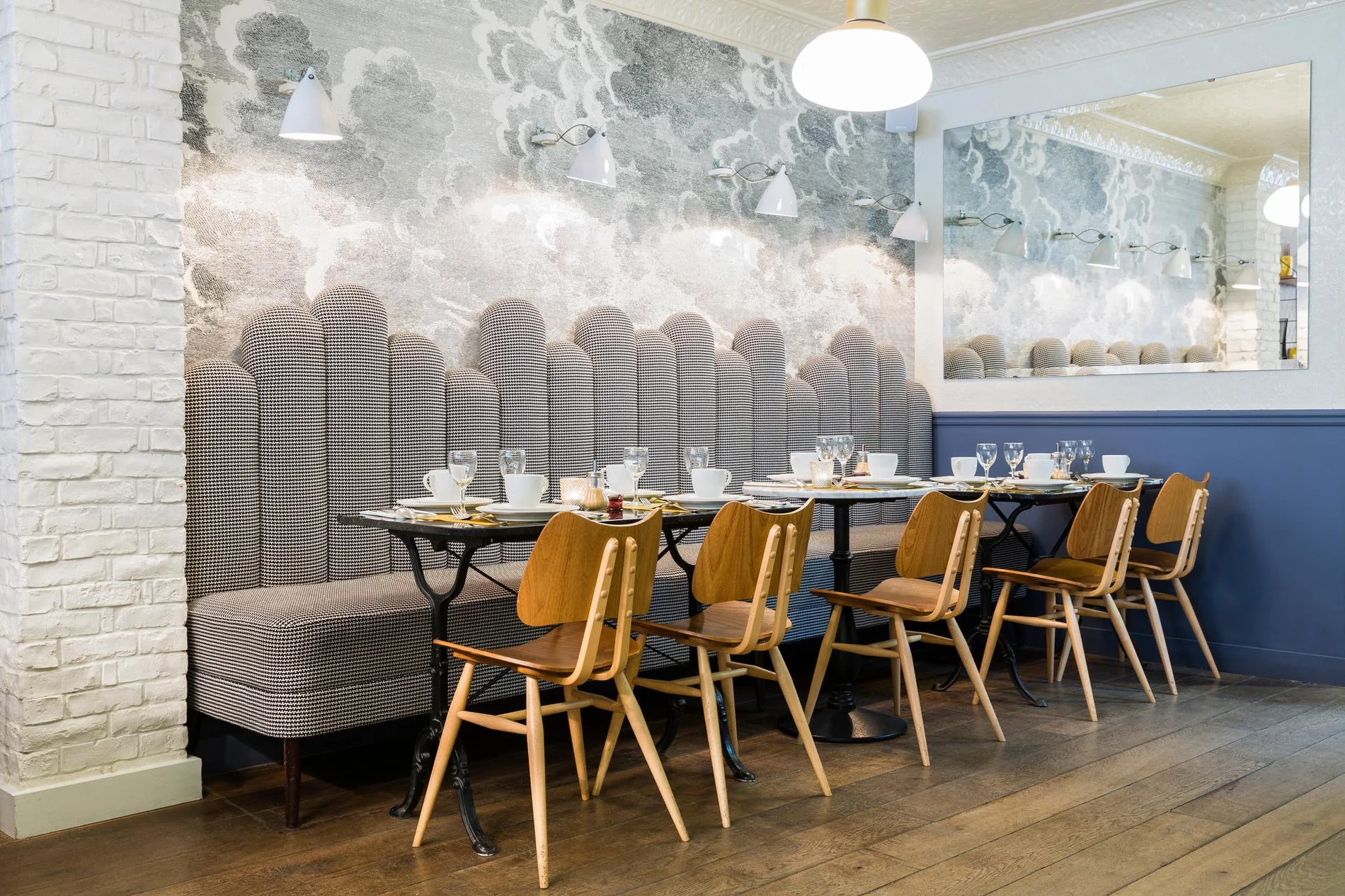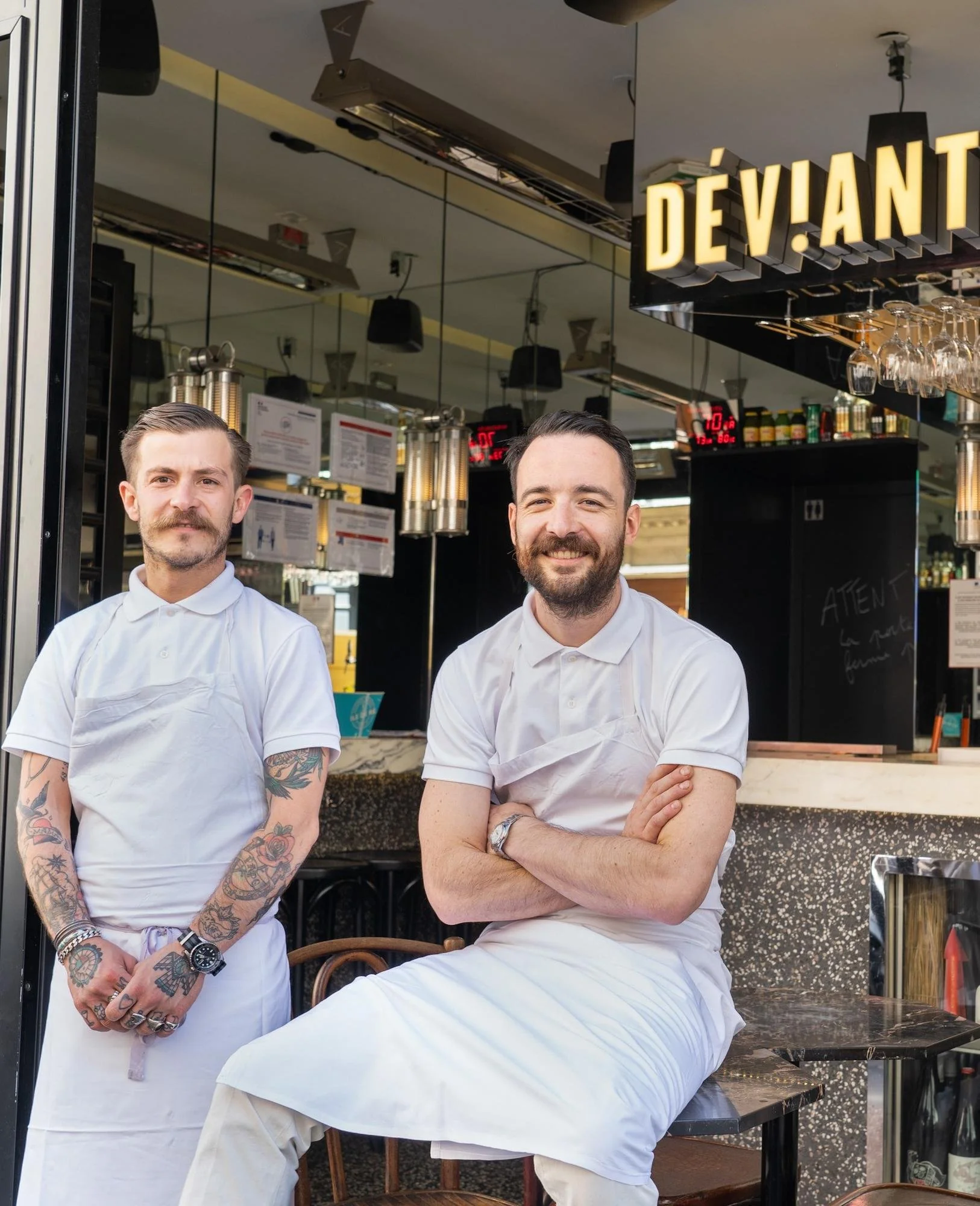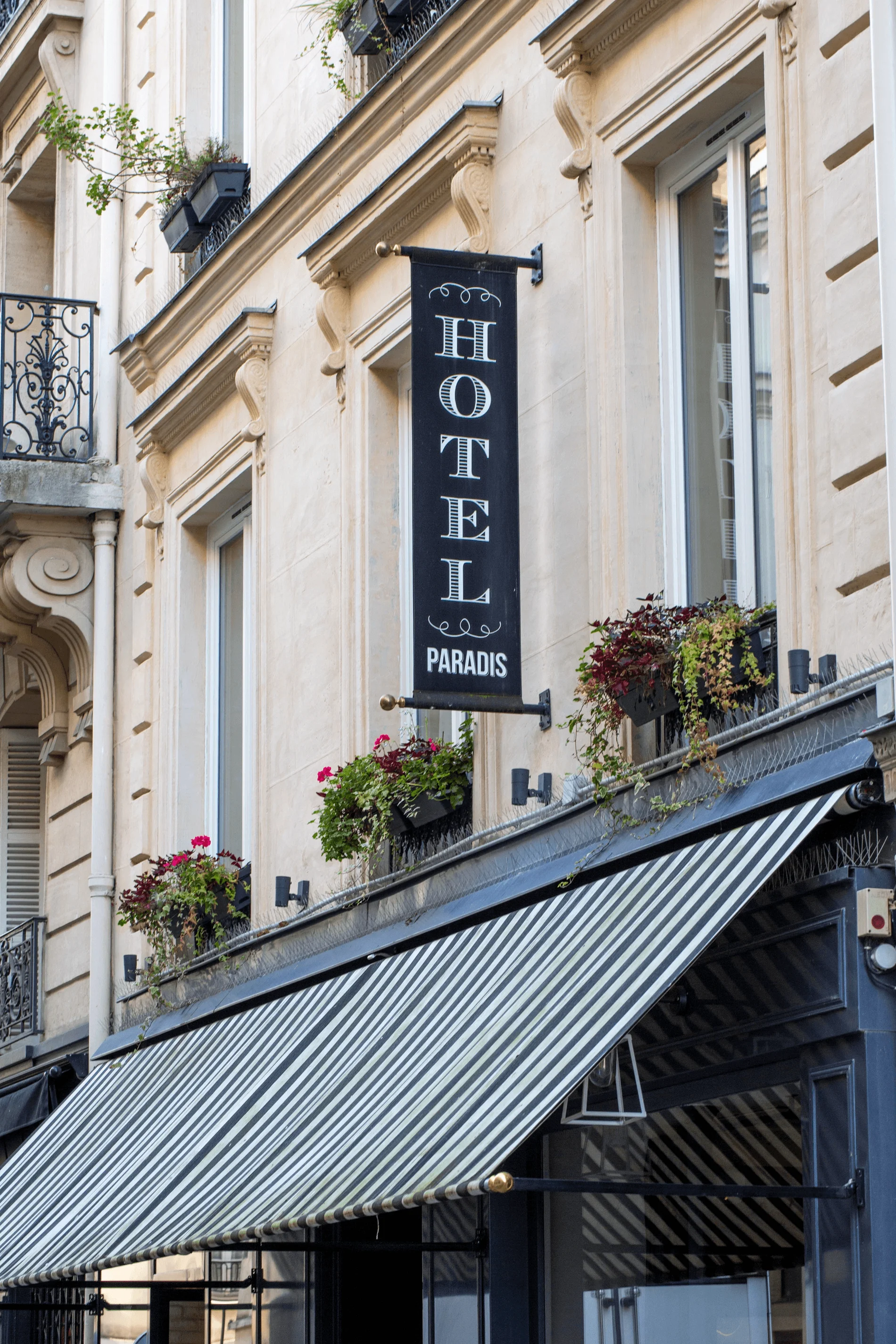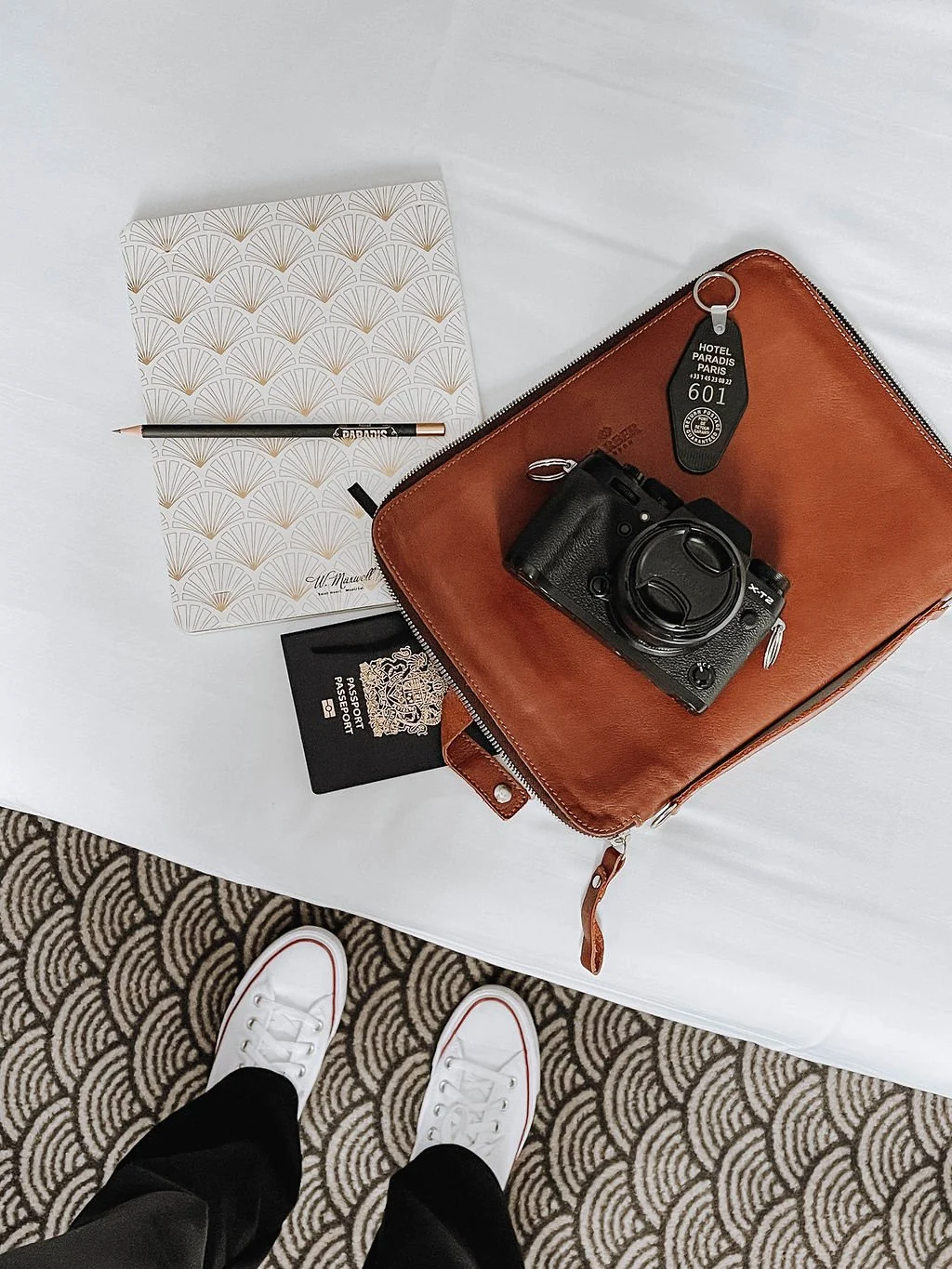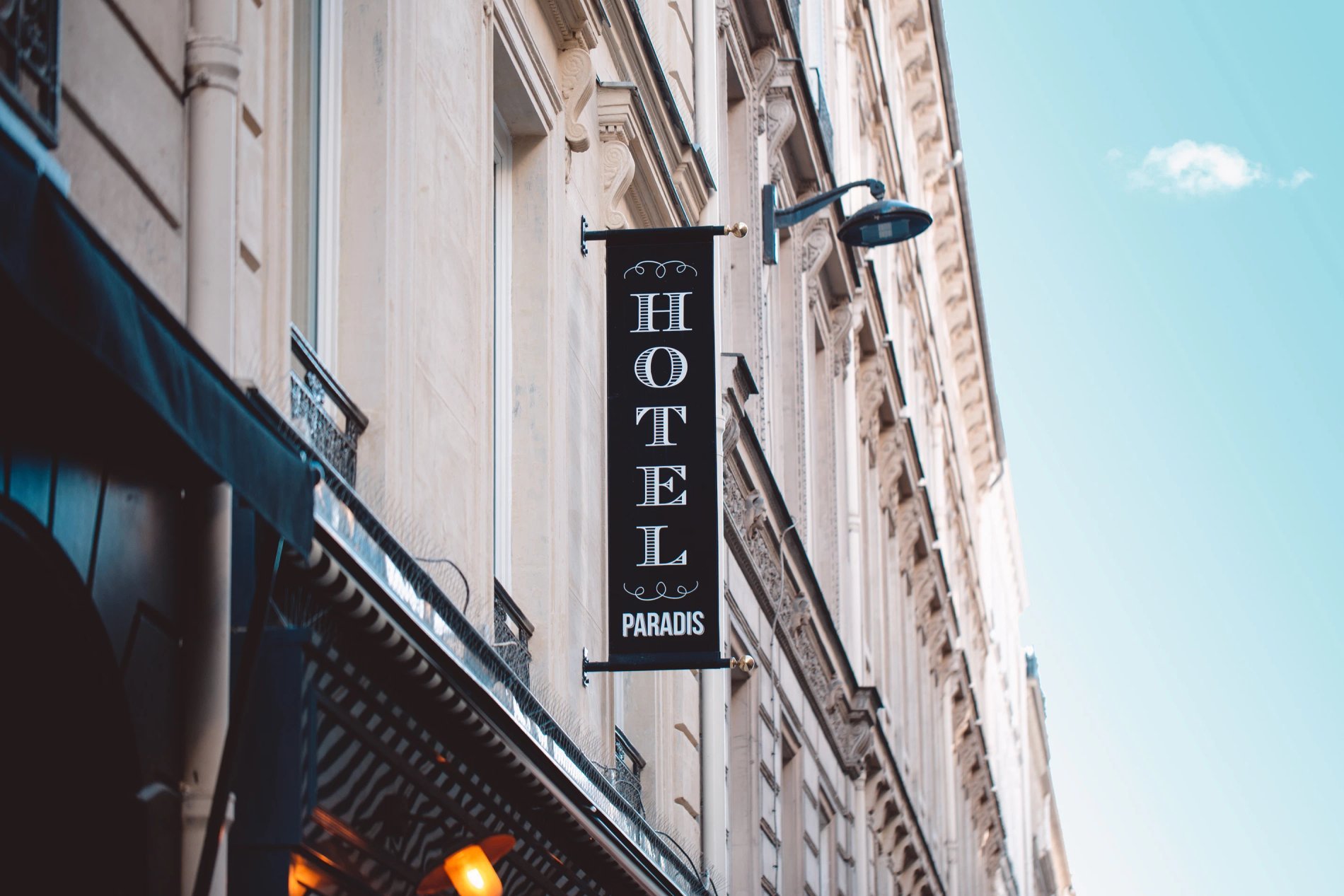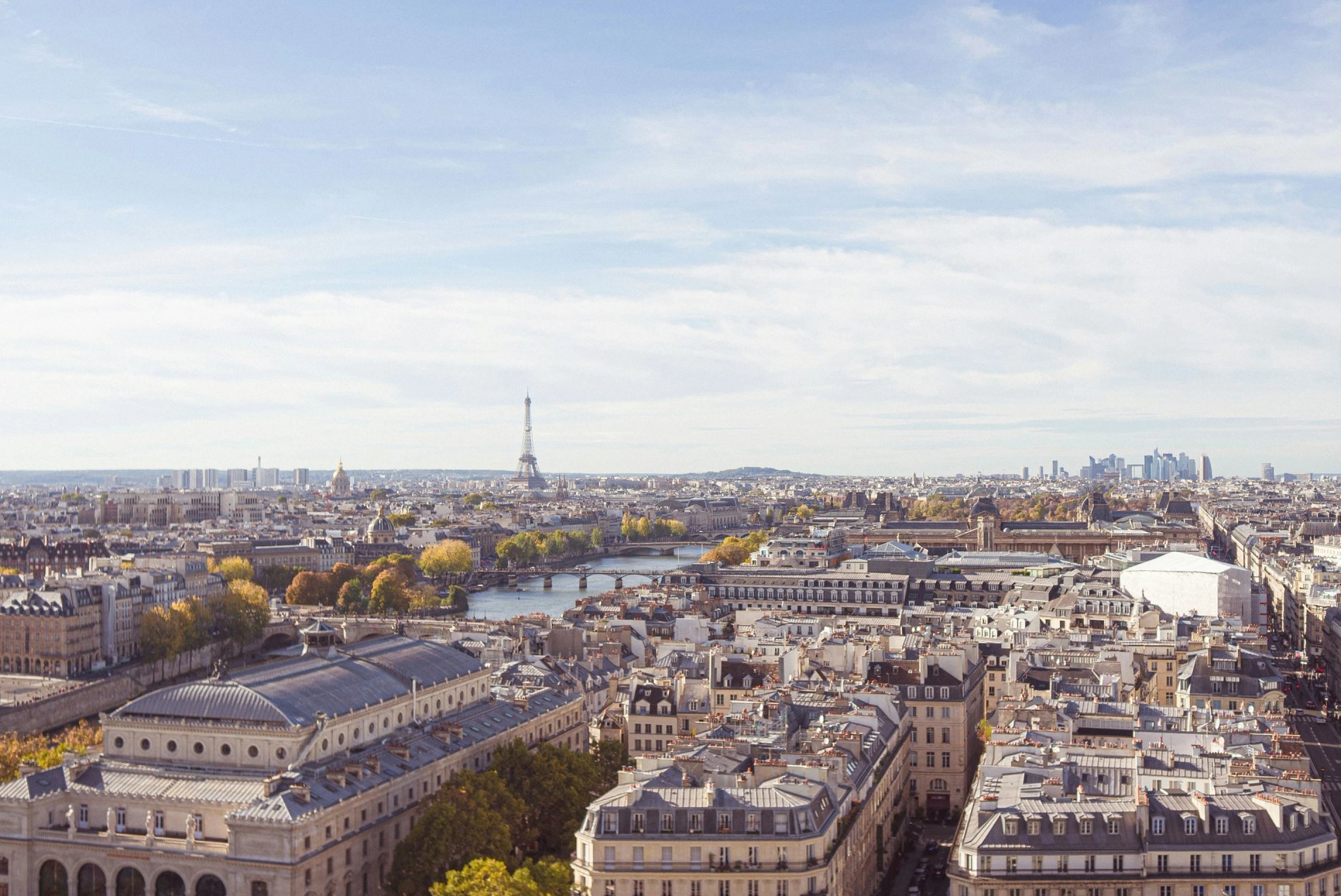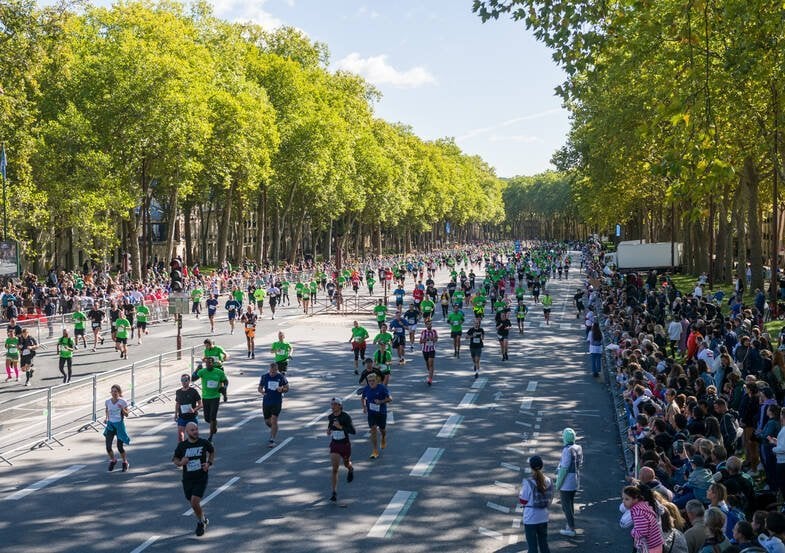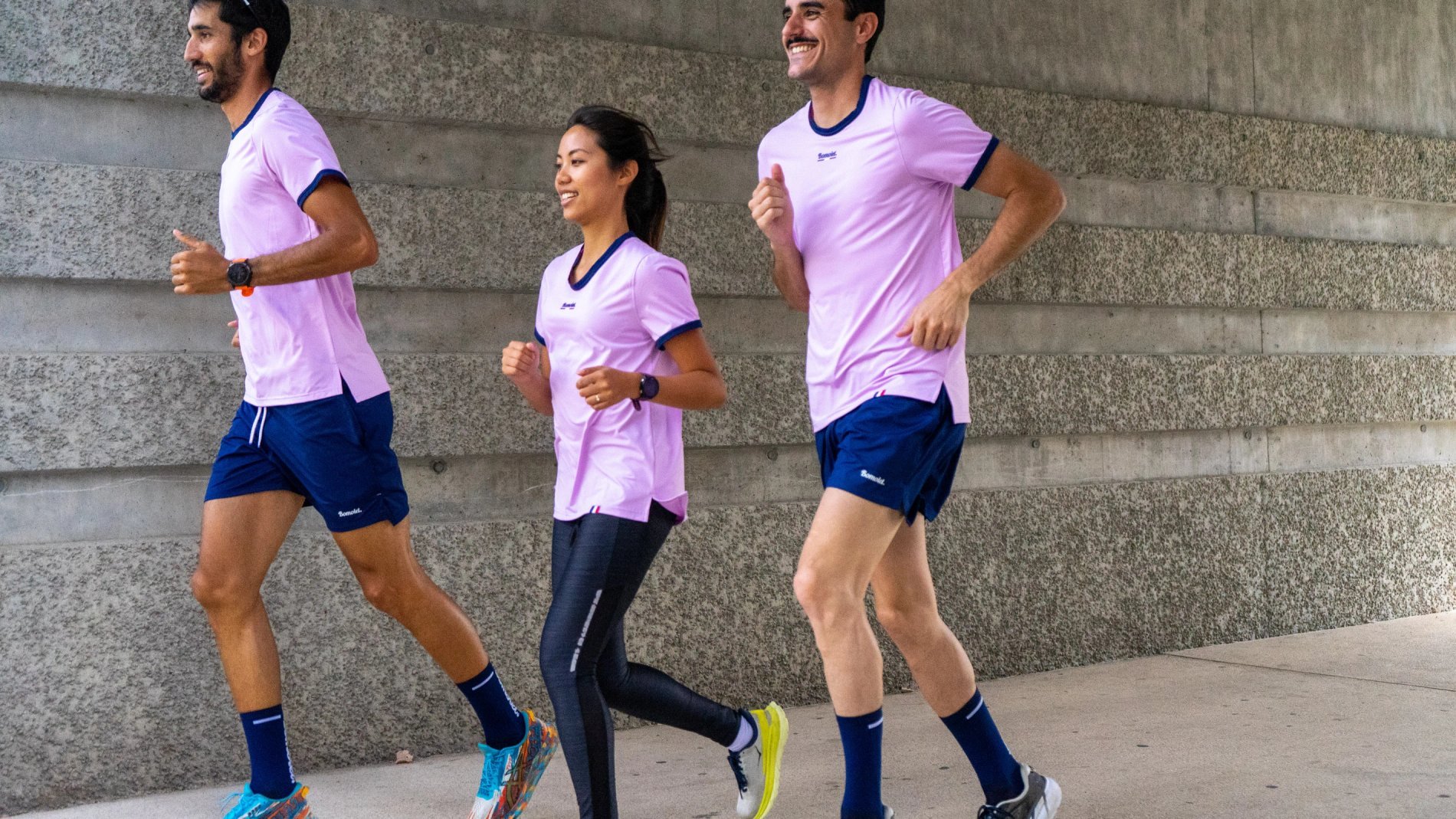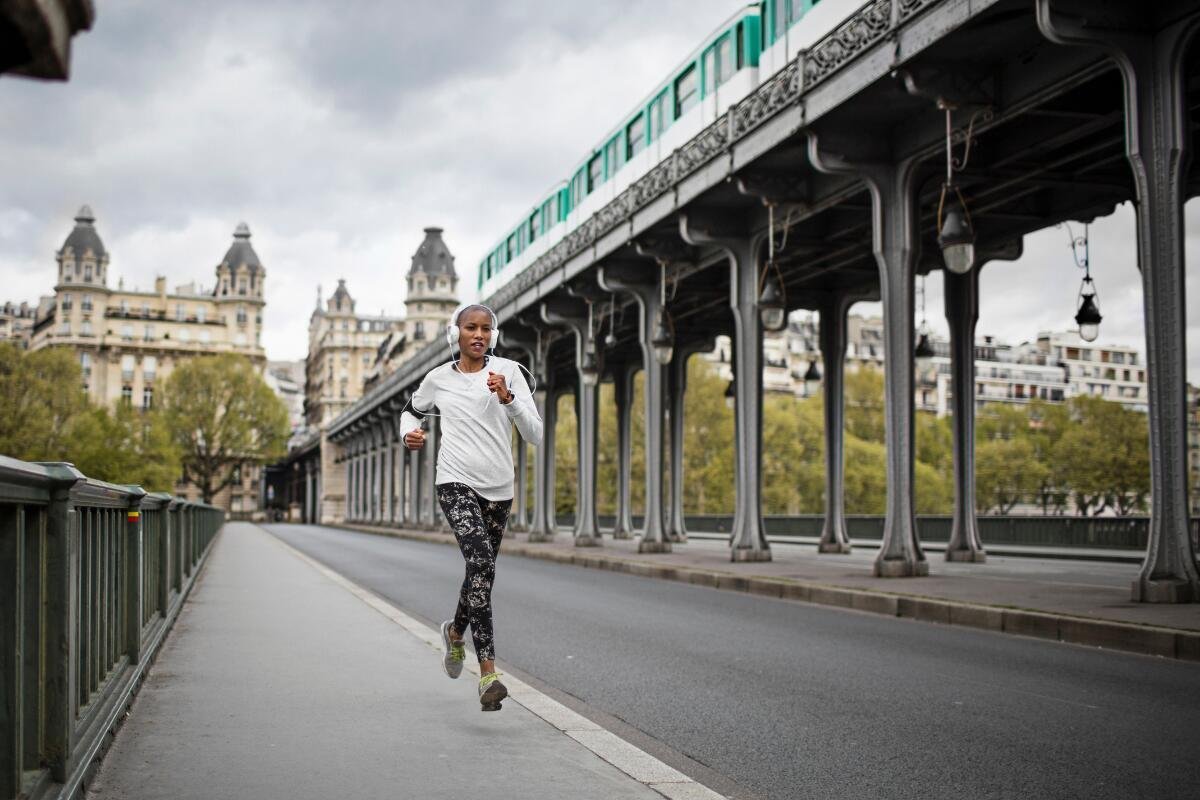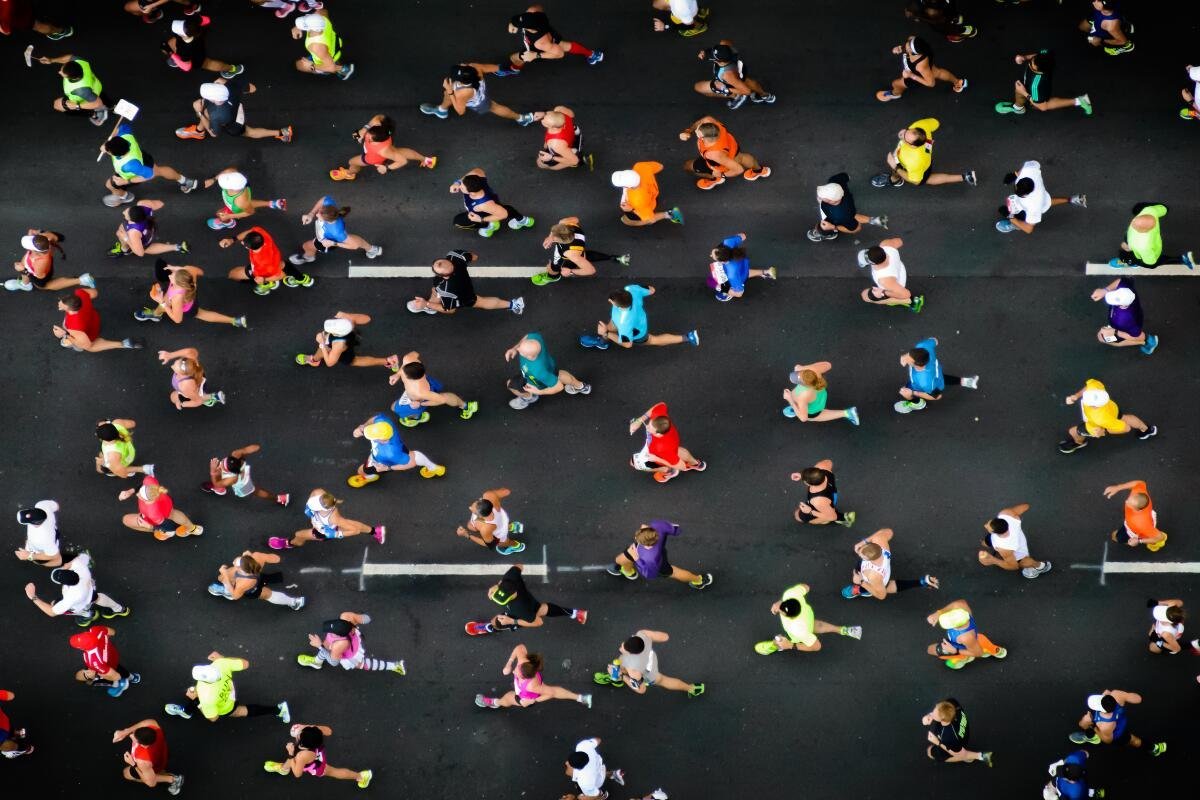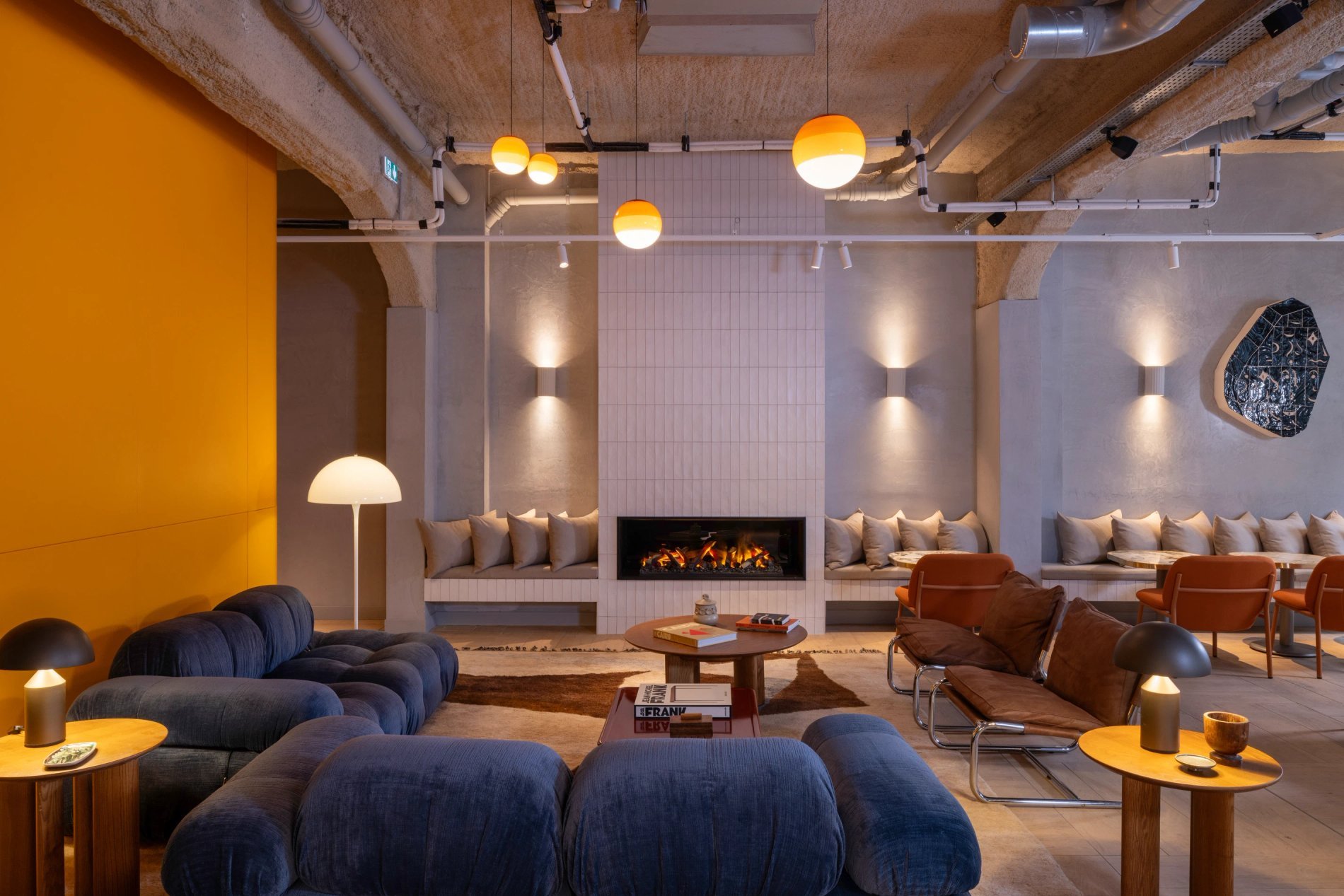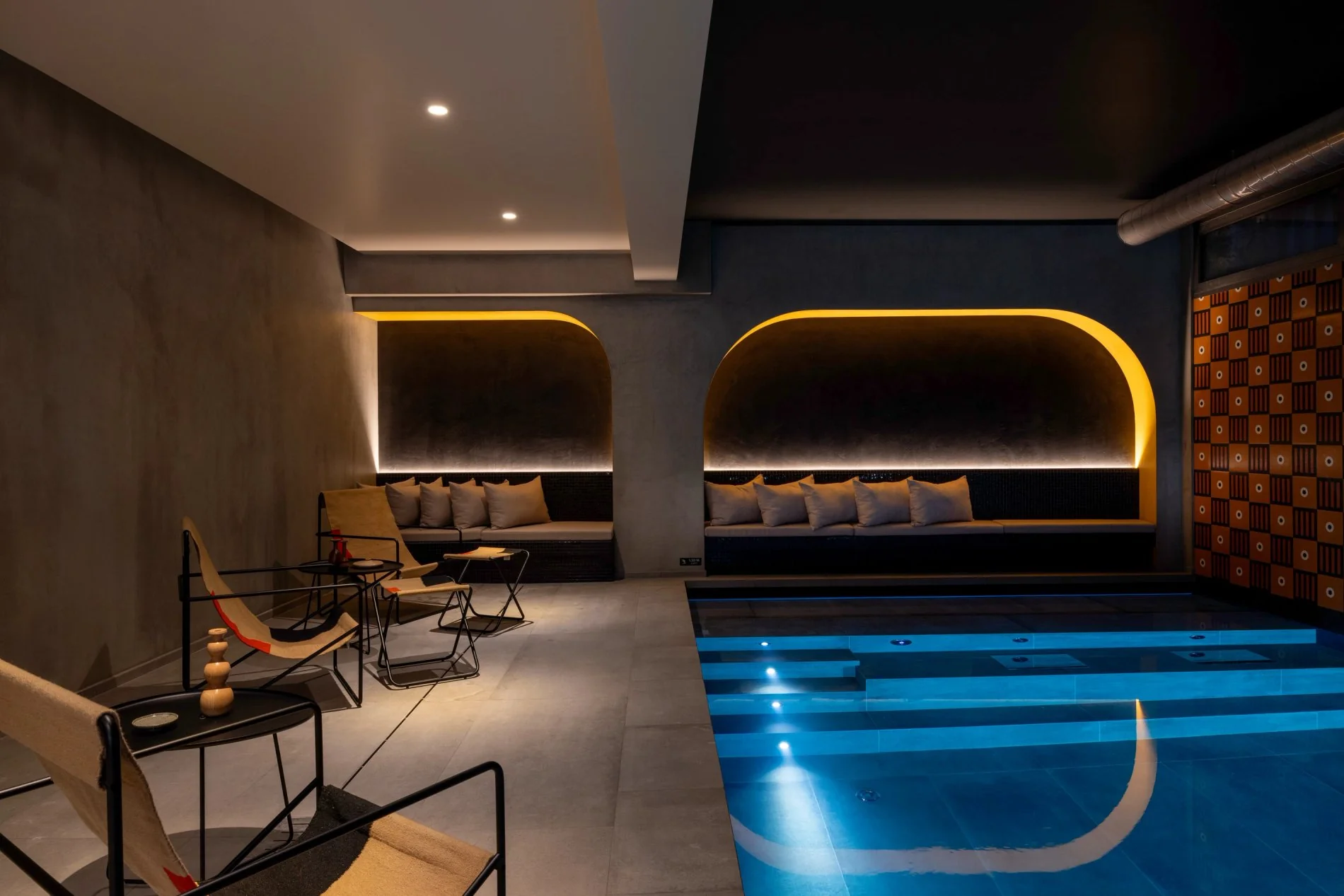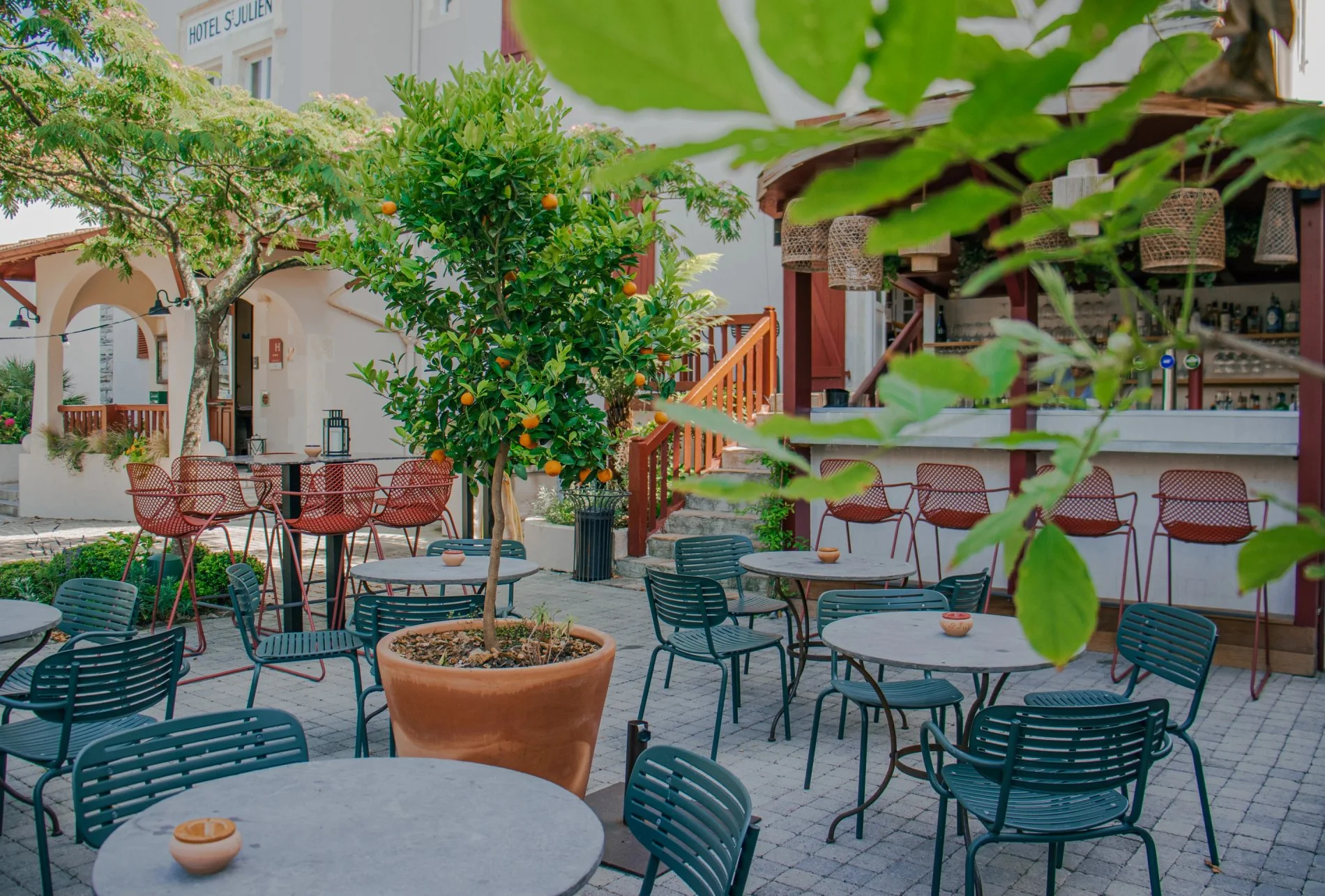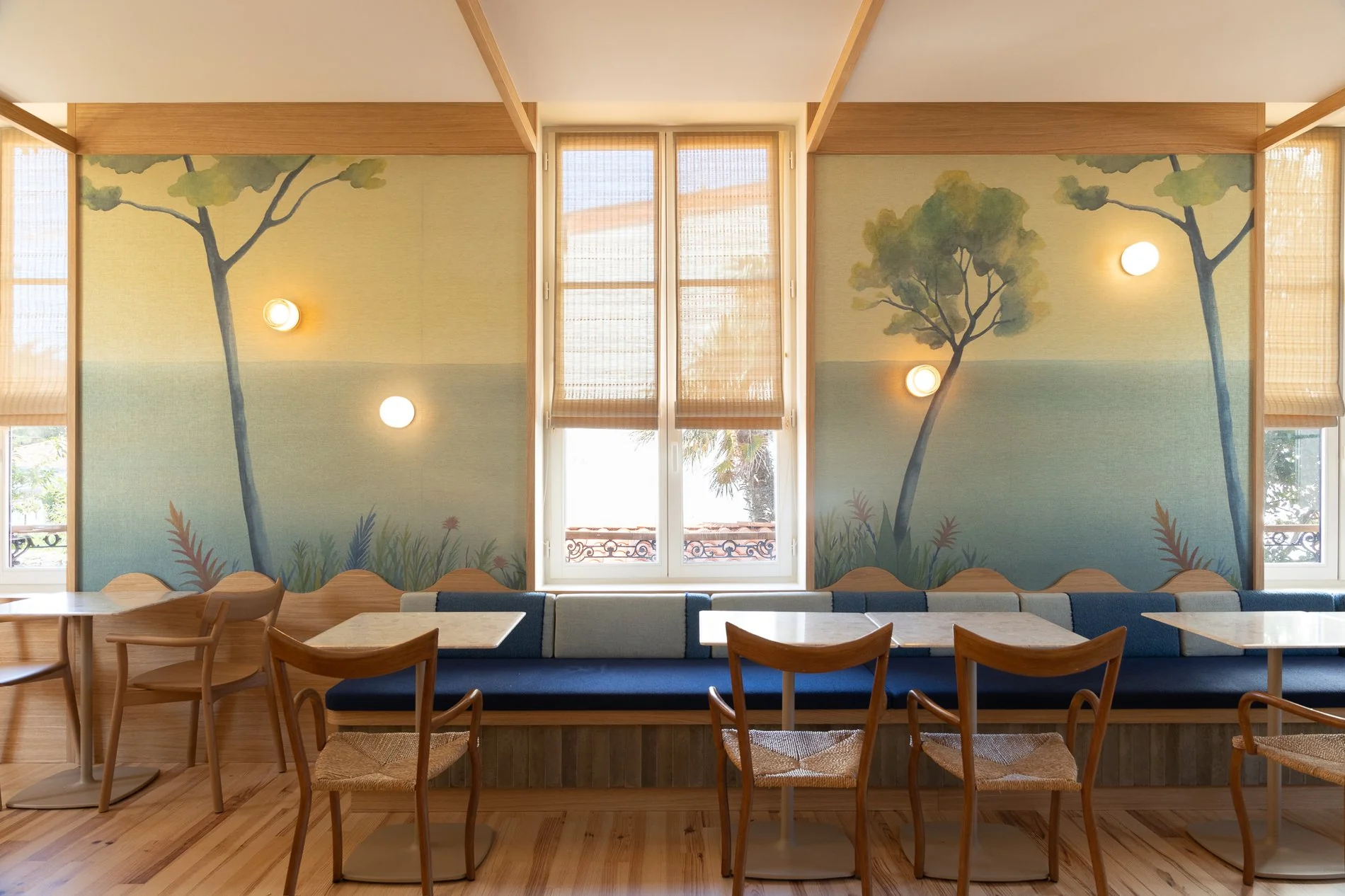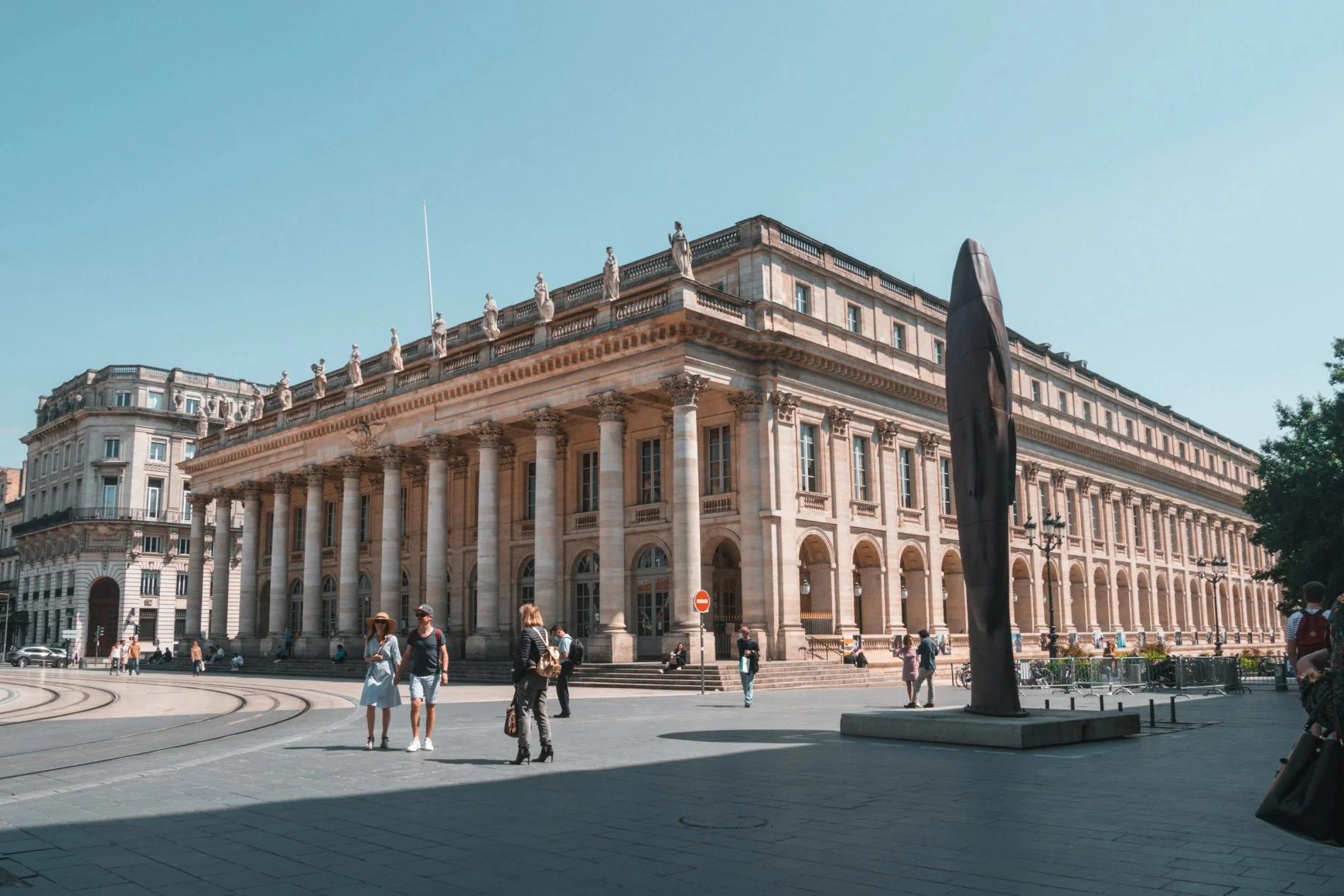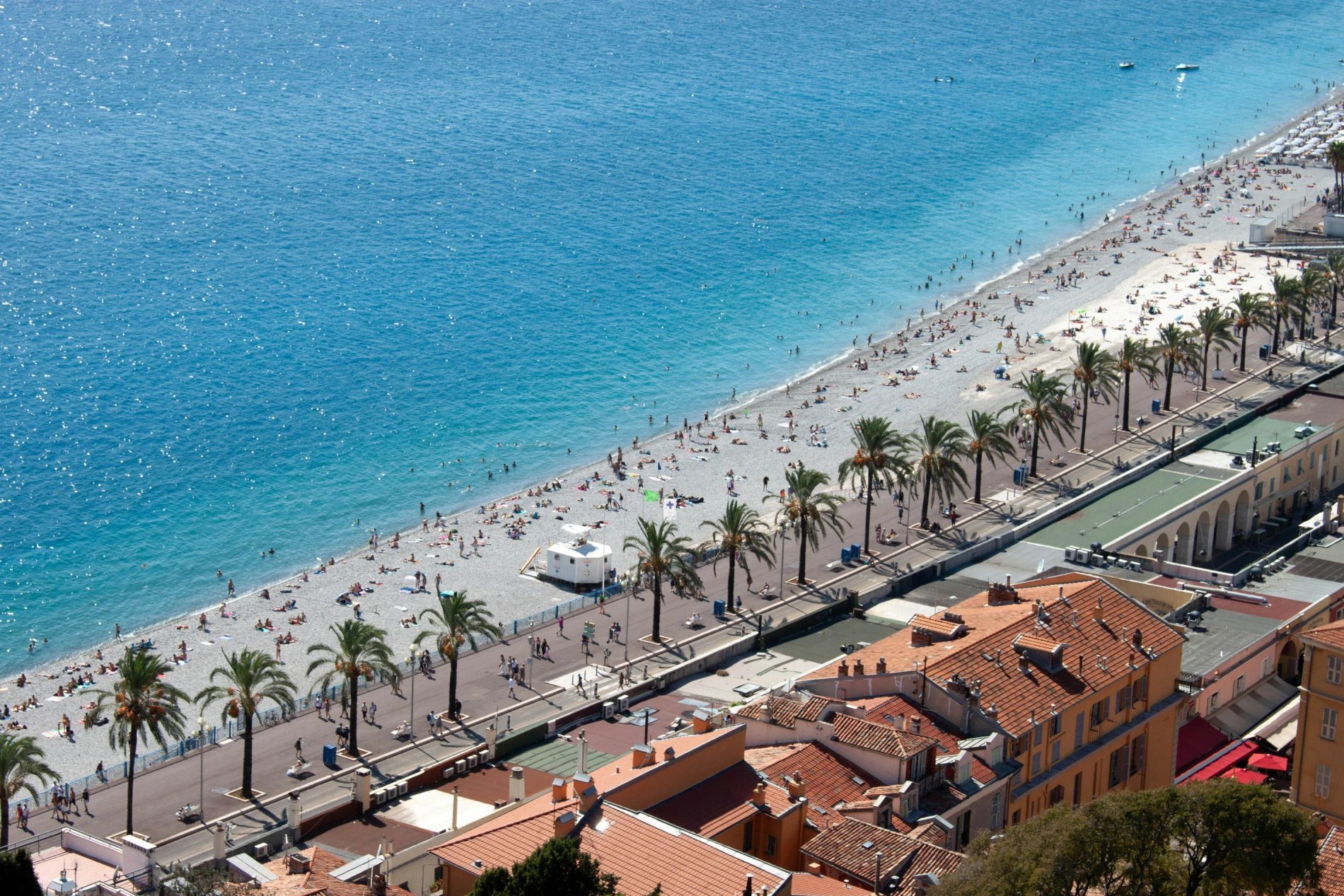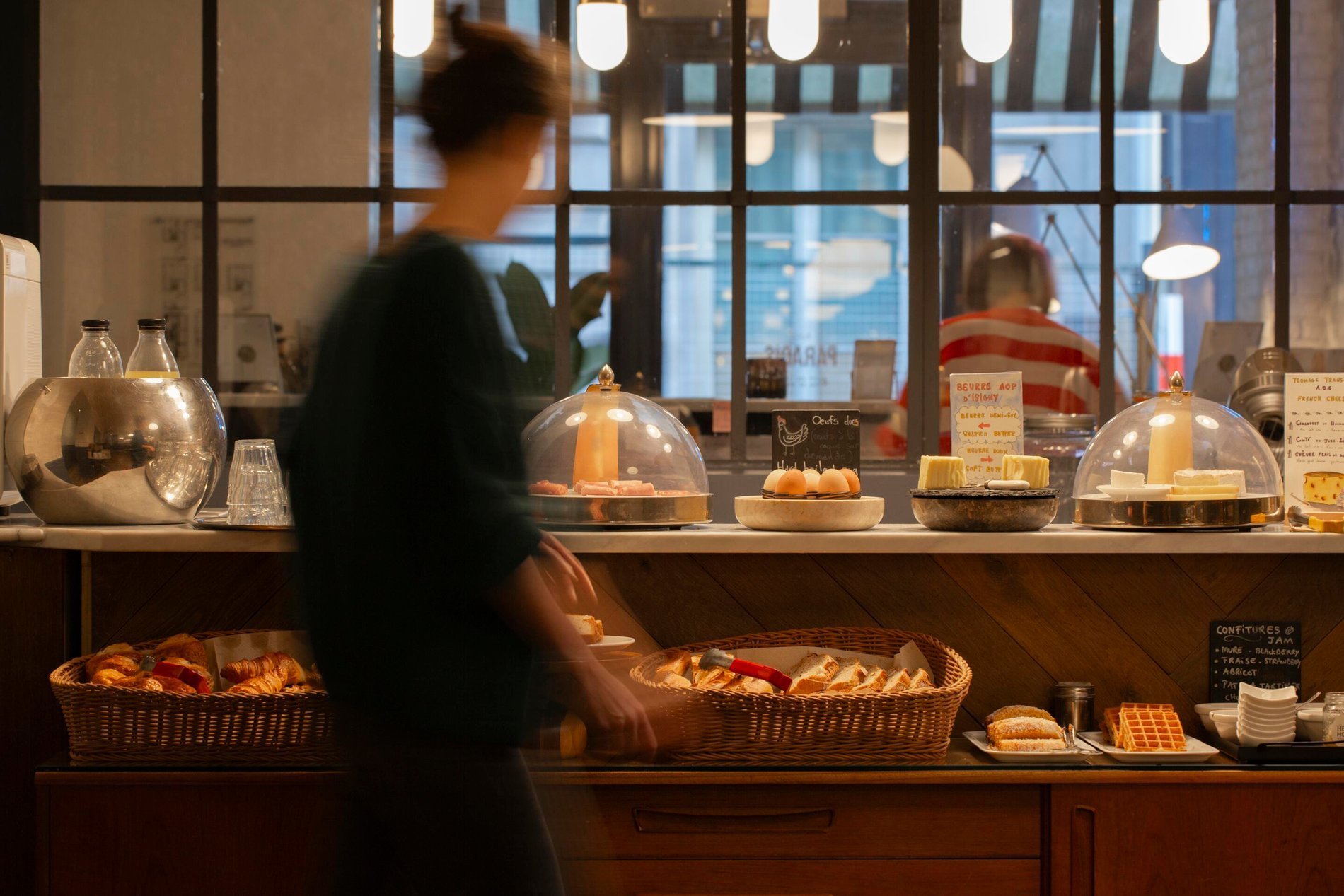Paris-Versailles Race 2026: Experience the 47th Edition with Hôtel Paradis Paris
Each year, the Paris-Versailles Race, also called "La Grande Classique", attracts thousands of sports enthusiasts from across France and the wider Île-de-France region. This legendary pedestrian race has become one of the most famous running events in French athletics, linking two of the world’s most iconic landmarks. The 47th edition of the Paris to Versailles race will take place on Sunday, September 27, 2026 with the start at the foot of the Eiffel Tower and the finish line facing the Château de Versailles.
Between athletic effort and historic heritage, this iconic race represents far more than just a physical challenge: it is a symbol, a celebration, and an event with a truly unique atmosphere, gathering nearly 25,000 runners every year.
To enjoy this major event to the fullest, Hôtel Paradis Paris offers the perfect establishment, combining comfort, authenticity, and a central location to welcome both athletes and their supporters during the race weekend.
A Legendary Race Linking Paris and Versailles
First organized in 1976 by a local association, the Paris-Versailles Race quickly grew into one of the major sporting events in France. Every edition challenges runners with a demanding and atypical route, alternating flat avenues, steep climbs, and wooded sections.
The route takes runners from Paris to Versailles across 16.2 km. The start is set on the Quai Branly, at the foot of the Eiffel Tower, before heading through Issy-les-Moulineaux, climbing the famous Côte des Gardes in Meudon with its impressive elevation gain, crossing the forest of Meudon and the city of Vélizy, Villacoublay, and Viroflay, and finally reaching the majestic Avenue de Paris for the last straight line finishing face-to-face with the Château de Versailles.
This unique combination of urban city streets, wooded forest paths, and historic monuments is what makes the "Grande Classique" so distinctive, attracting amateurs, confirmed athletes, and international champions alike.
The 47th Edition: Sunday, September 27, 2026
In 2026, the Paris-Versailles Race celebrated its 47th edition. As always, the event will take place on the last Sunday of September, bringing together 25,000 participants ready to take on this difficult but exciting running challenge in the west of Paris.
Practical information and registration process
Date: Sunday, September 27, 2026
Start: 10 a.m., Quai Branly, at the base of the Eiffel Tower
Finish: in front of the Palace of Versailles, Avenue de Paris
Distance: 16.2 km
Registration process: online through the official site of the organization
Conditions: open to all runners aged 16+, with either a medical certificate or an athletics license in line with French regulations
Organizers emphasize that traffic and parking restrictions will be enforced in both Paris and the Yvelines region on race day. An official plan is available on the event site, helping both participants and spectators reach the start and finish areas.
The 46th Edition: Highlights from 2025
The 46th edition in 2025 gathered nearly 25,000 runners once again, confirming the event’s growing international reputation. Women’s results: French athlete Mélody Julien was crowned winner for the second time, completing the course in 53 minutes and 3 seconds. Hot on her heels, Anaïs Quemener demonstrated impressive resilience, making the women’s finish one of the most exciting in recent history. Men’s results: Faustin Guigon lived up to his leading favorite status, completing the course in only 50 minutes and 13 seconds, finishing strong in front of the Château de Versailles.
These results highlight how the "Grande Classique" serves as both a showcase for elite champions and a launchpad for rising talents in French athletics.
A Sporting and Human Challenge
The Paris to Versailles race is as much about community and atmosphere as it is about athleticism. On Sunday morning, the Seine riverbanks fill with runners ready to set off from Paris toward this historic challenge. Along the way, musical animations, local residents, and volunteers create an electric atmosphere that makes the event unforgettable.
The renowned Côte des Gardes climb in Meudon, stretching for 2 km, is both feared and loved: a demanding false flat where solidarity shines, as runners push each other to continue.
The finishing straight on Avenue de Paris, facing the Palace of Versailles, delivers an emotional reward. For many finishers, crossing that line represents not only a sporting accomplishment but also a personal victory.
Access, Transport, and Organization
Reaching the start line at the Eiffel Tower is simple, with many metro and RER stations nearby, making the location easily accessible. While some public parking exists, the organization recommends using public transport due to strict traffic and parking restrictions.
At the finish in Versailles, the Versailles Château Rive Gauche station ensures a quick return to central Paris. Shuttle buses are also offered by the association to support participants and spectators.
Each registered runner must collect their official bib number, which gives them access to the route and associated services: water stations, refreshment points, medical assistance, and safety measures along the competition.
Stay at Hôtel Paradis Paris During the Race
Located in the heart of Paris, Hôtel Paradis is the perfect address for runners, supporters, and visitors coming for the Paris-Versailles pedestrian race. Its central location between Gare du Nord and Gare de l’Est makes it easy to reach the Eiffel Tower for the start and return conveniently after the finish.
Rooms and Services
The hotel features 38 rooms combining contemporary design and cozy comfort. Each room is equipped with premium bedding, a private bathroom, a practical desk, and fast wifi access, ideal for checking your results and reviewing your ranking after the event.
A generous breakfast buffet is offered daily, with fresh and energizing products perfect for runners on race day. After the challenge, guests can relax in the common areas, sharing their experiences in a friendly and welcoming setting.
Book your sports stay in the heart of Paris
Whether you come to Paris for the Paris-Versailles race, for a business day, or for a romantic weekend, Hôtel Paradis guarantees a tailored stay that meets your expectations. Nestled on Rue des Petites Écuries, this charming establishment combines a strategic location, welcoming staff, modern comfort, and excellent value for money.
Take advantage of this historic competition to discover the capital differently and enjoy both sport and lifestyle. Book your stay at Hôtel Paradis Paris online now for the Paris-Versailles Race 2026.

